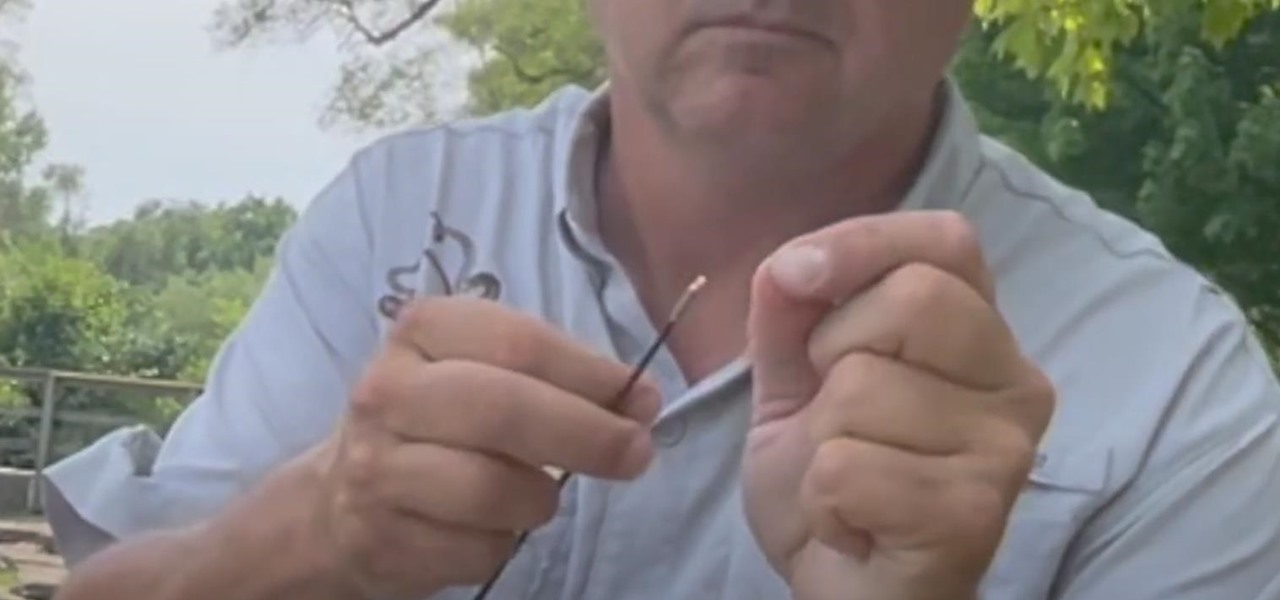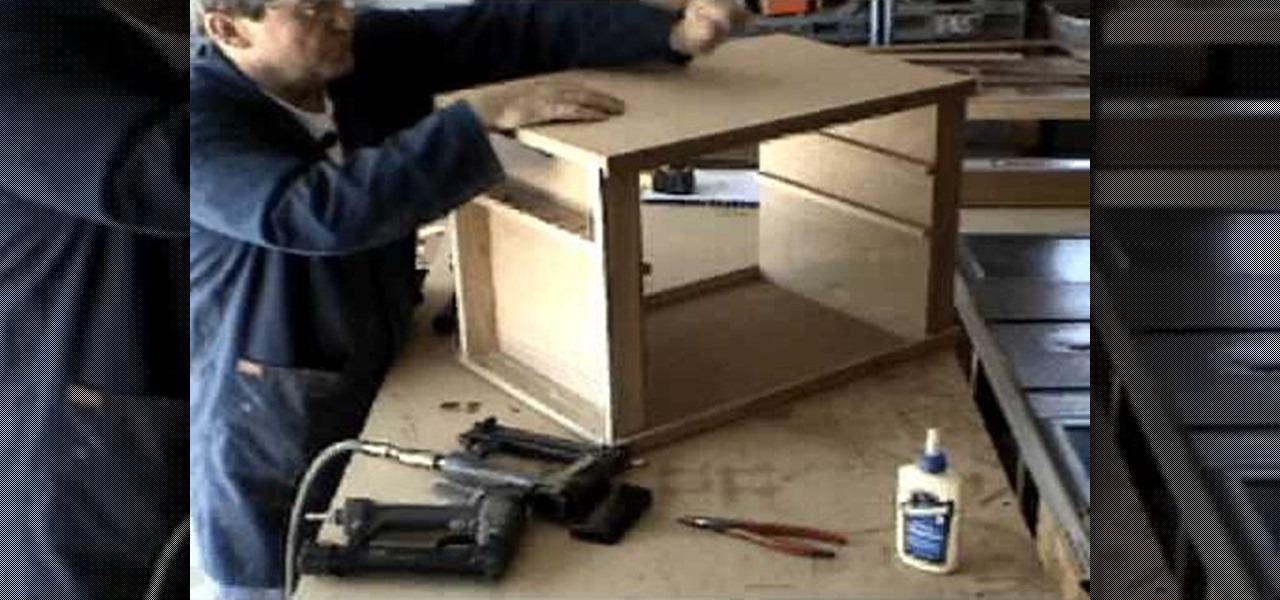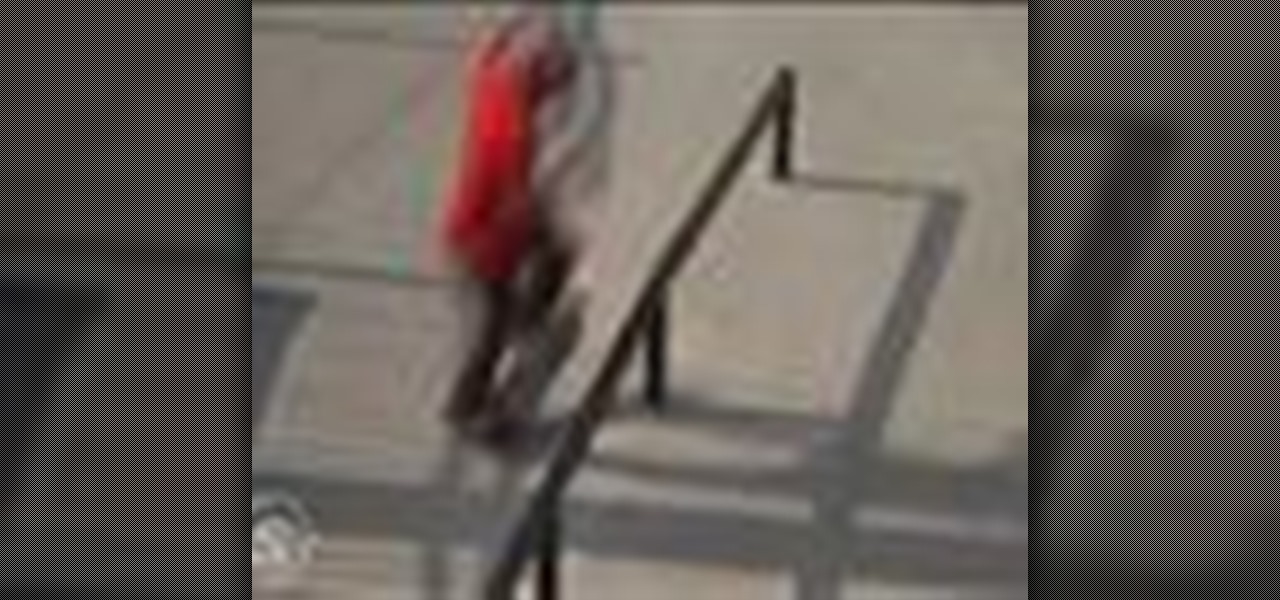Hot Outdoor Recreation Posts


How To: Get Kelly Slater's perfect FCS fin setup for surfing
Kelly Slater discusses the perfect fin setup for making the most out of your surfboard and waves. Slater just won his 9th World Title. Kelly Slater goes over the FCS fin setup that uses the ideal area, flex and shape for his beach, point or reef break surfing. Get Kelly Slater's perfect FCS fin setup for surfing.

How To: Tie a Spider Hitch knot
Learn how to tie a Spider Hitch. The Spider Hitch is one of the easiest ways to form a loop or a double in a line. It is far easier than the bimini twist and the plaiting a double but it is not as strong. In monofilament it will retain around 80 percent of the lines original breaking strenght and much less with braides lines. The knot is popular for beeing quick and handy. Tie a Spider Hitch knot.
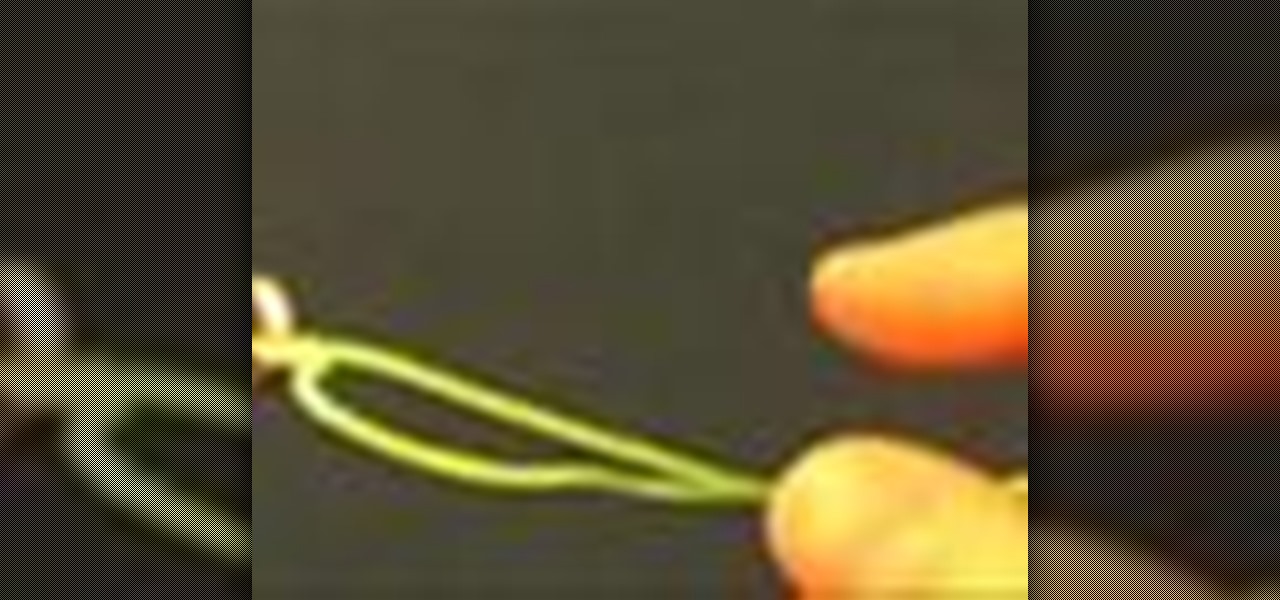
How To: Tie a Homer Rhode Loop knot
Learn how to tie a Homer Rhode Loop. The Homer Rhode Loop allows lures or flies to move freely and is used when a lure requires that to move naturally. It is easily tied and retains around 85 percent of the lines original breaking strength. Tie a Homer Rhode Loop knot.

How To: Tie a Cross Loop Connection knot to link loops
Learn how to tie a Cross Loop Connection knot. The Cross Loop Connection is a way of connecting two loops. This connection ratain around 90 percent of the lines original breaking strenght. Once mastered it is both quick and easy to tie. Tie a Cross Loop Connection knot to link loops.

How To: Tie Double Blood Knot to join lines
Learn how to tie a Double Blood Knot. The Double Blood Knot is used to join two similar size lines. The double blood knot maintains a high portion of the line's inherent strength and it is quick and easy to tie. In fly fishing it is often used when joining sections of leader together. Tie Double Blood Knot to join lines.

How To: Double Uni Knot
This shows how to tie a Double Uni Knot. The Double Uni Knot is used to join lines of similar of different diameters. It is based on the same system as a normal "single" uni knot. So if you learn the system you will be able to join lines or attach the line to end tackle with the same "knot system". Double Uni Knot.

How To: Choose the right surf wax for water temp and style
This is a how to video on choosing the right surf wax for the conditions you will be surfing in. You got tons of choices. It's pretty easy. Gauge the water temp by checking Surfline.com. Then you just check the labels to find out what kind of wax you want. They feel and smell different.
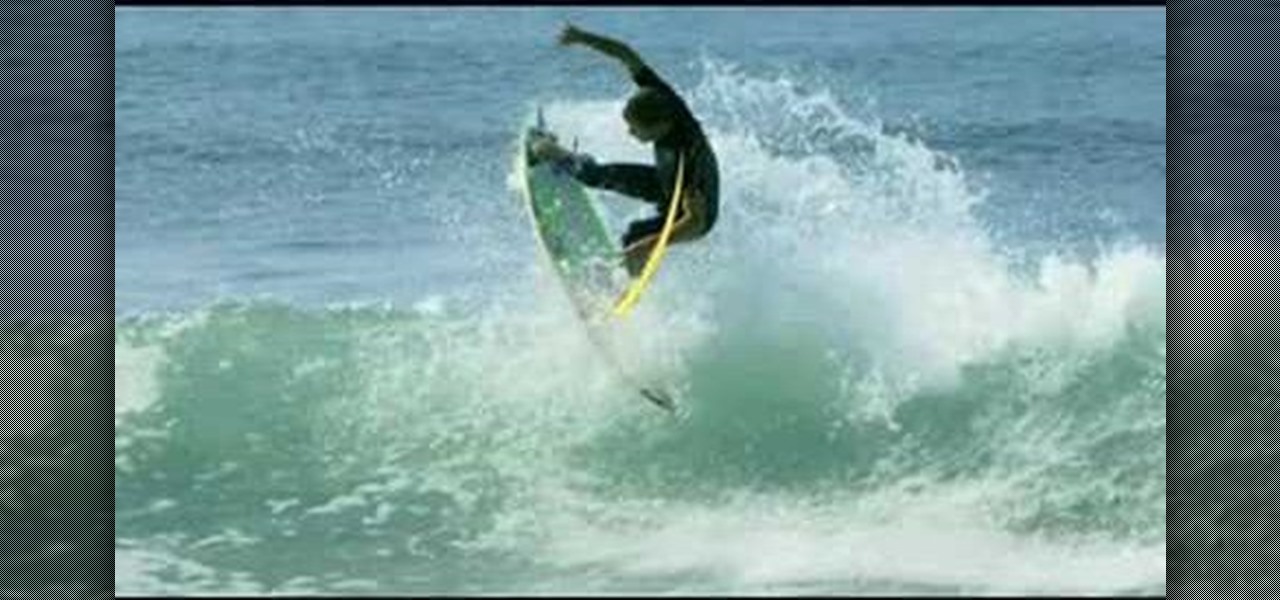
How To: Surf a Front Side Air Reverse
Punt air-reverses like Taj Burrow. This is a super move where you sail above the lip and take off. SurflineTV's got a great set of tips. You can pull on small to head high waves to throw this trick. Make sure you keep the board on your feet. Throw your shoulder into the turn. Grab and spin with a goal to land tail to the beach.
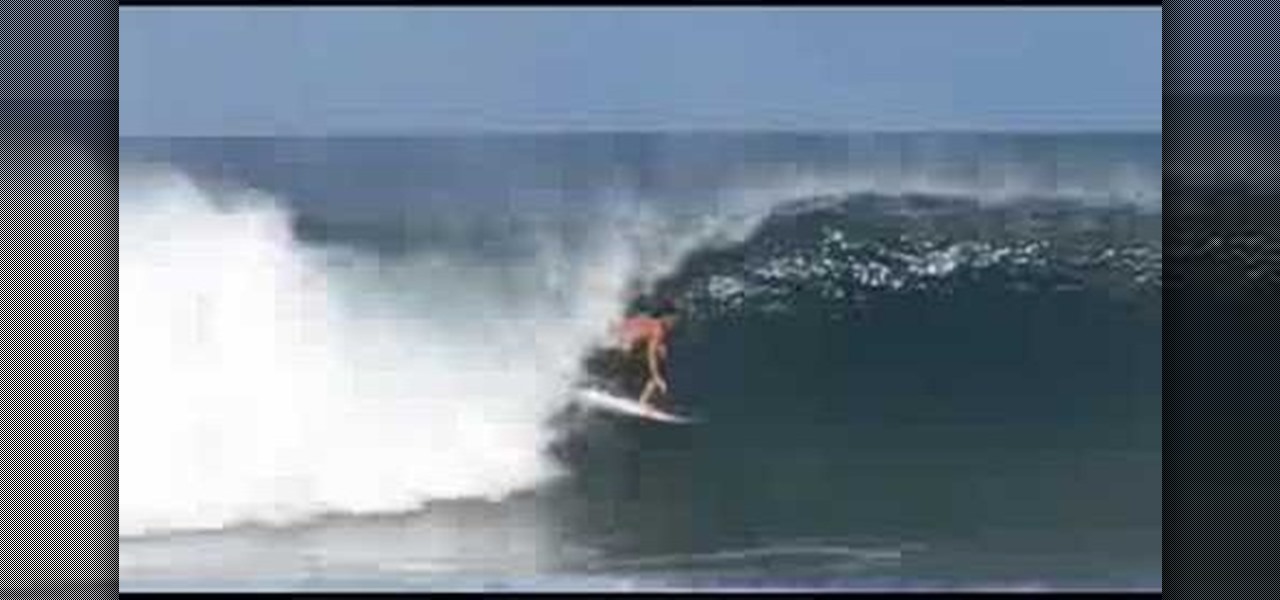
How To: Blow The Tail with power when surfing big waves
Kalani Robb explains how to throw your tail out the back on your forehand with power. This SurflineTv Trick Tip is an insiders instructional on showing us how to blow the tail. Get a deep bottom turn to load up and spring out of the lip. Grab the rail so you don't lose it. Land it and enjoy. Make good timing so you can blow the lip out before it crests. Then you can follow it with a bit of a floater.
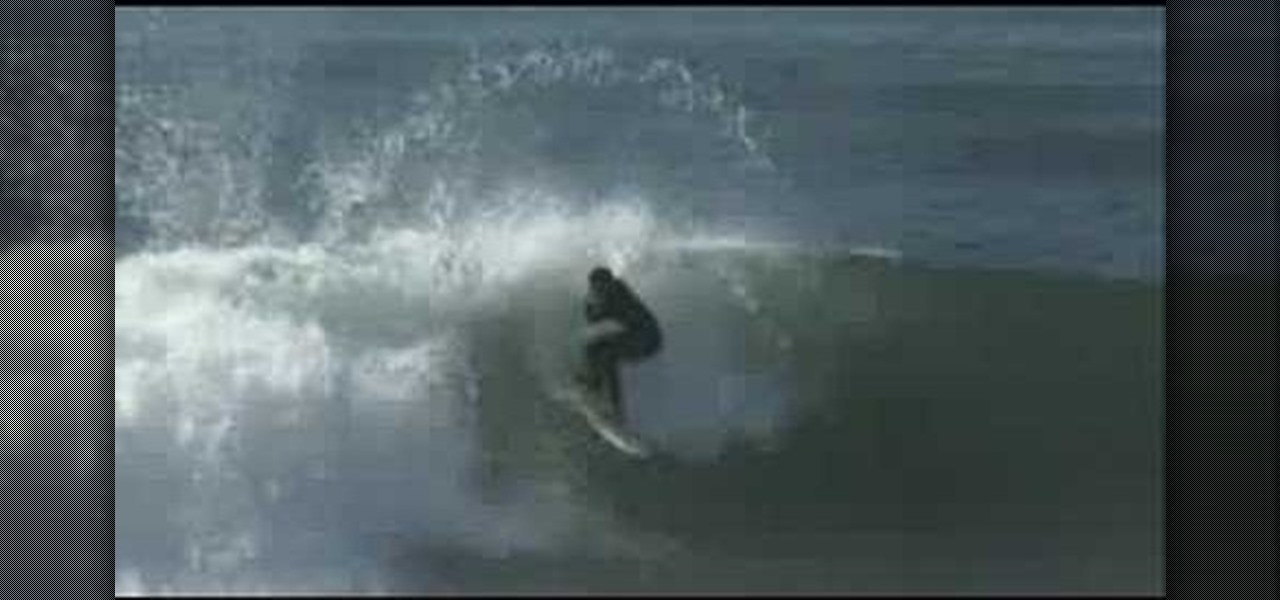
How To: Surf a backside tail slide and recover for shortboards
Dane Reynolds explains how to throw your tail, slide, and recover on your backhand. Thrash it out with style. You need a steep wave that's not too powerful to throw you off. Stomp on your back foot to project into the lip. Then put your pressure on the front foot to throw out your back foot. The sweet spot is between the barrel and the soft shoulder. Check out this how-to surfing video for the right, steep wave for these surfing moves.

How To: Tie the Alpine Butterfly fishing knot
This shows you how to tie an Alpine Butterfly Knot. The Alpine Butterfly Knot can be tie the same way as an alpine butterfly loop. But the alpine butterfly knot makes an end loop instead of a mid-line loop by trimming the end tag. A strong loop that is easy to tie. Tie the Alpine Butterfly fishing knot.

How To: Tie a Blood Bight fishing knot
Do you know how to tie a Blood Bight fishing knot? Here are instructions on how to tie a Blood Bight that is a figure of eight loop that you tie mid line. It is exactly the same as a figure eight loop but has a specific use and its own name. Tie a Blood Bight fishing knot.
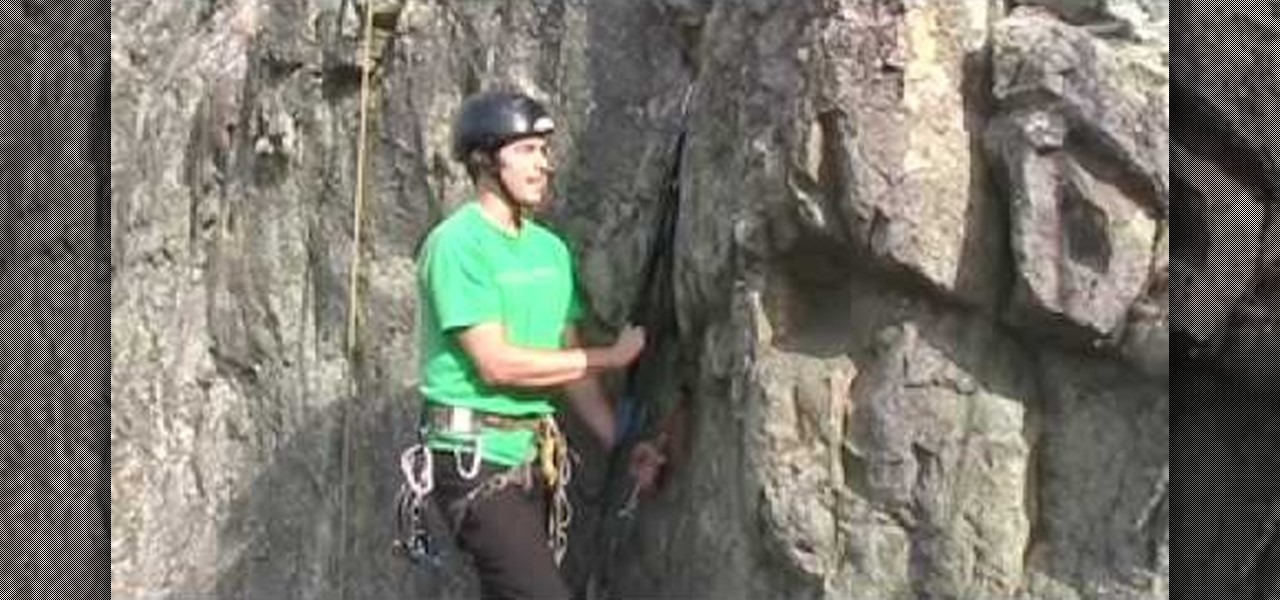
How To: Bounce test while lead rock climbing big walls
This is part of the How To Big Wall Book. In this segment Chris McNamara demonstrates bounce testing when leading. Bounce testing is important because it gives you a margin of safety with placements. You can confidently climb and move faster for the better climb. You can bounce test with your feet.
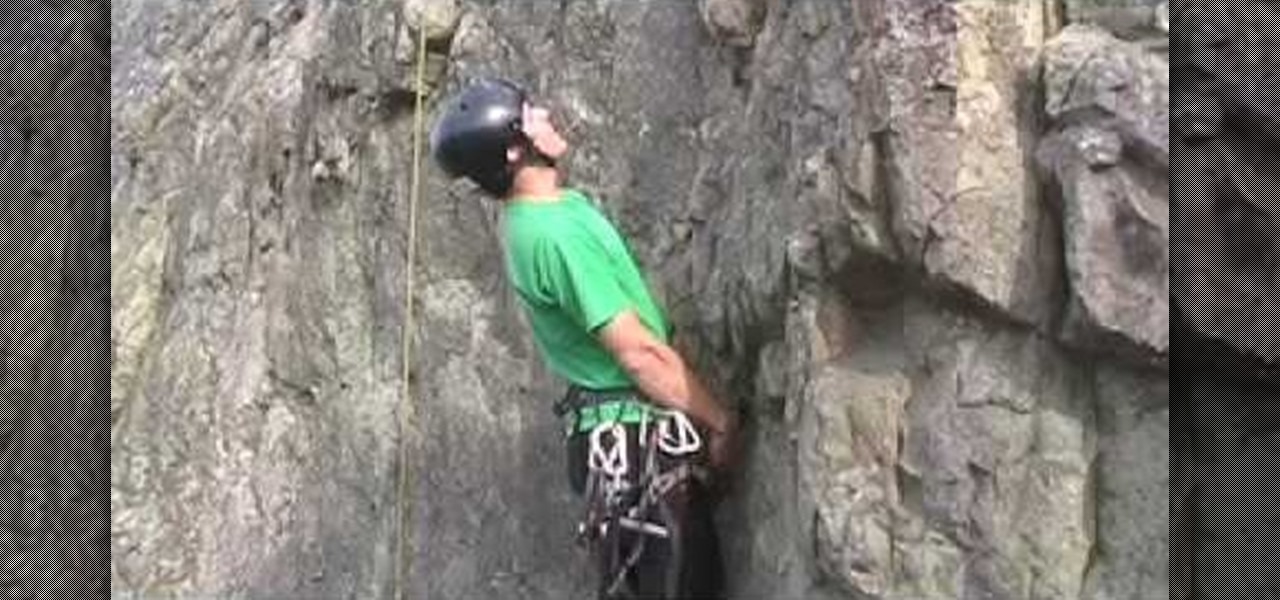
How To: Lead and move up the piece during big wall rock climbs
This is part of the How To Big Wall Book. In this segment Chris McNamara demonstrates how to move up the piece when leading as he sends El Capitan. This is import for safe and effective climbing. This will be combined with jumaring techniques for traversing and lead climbing.
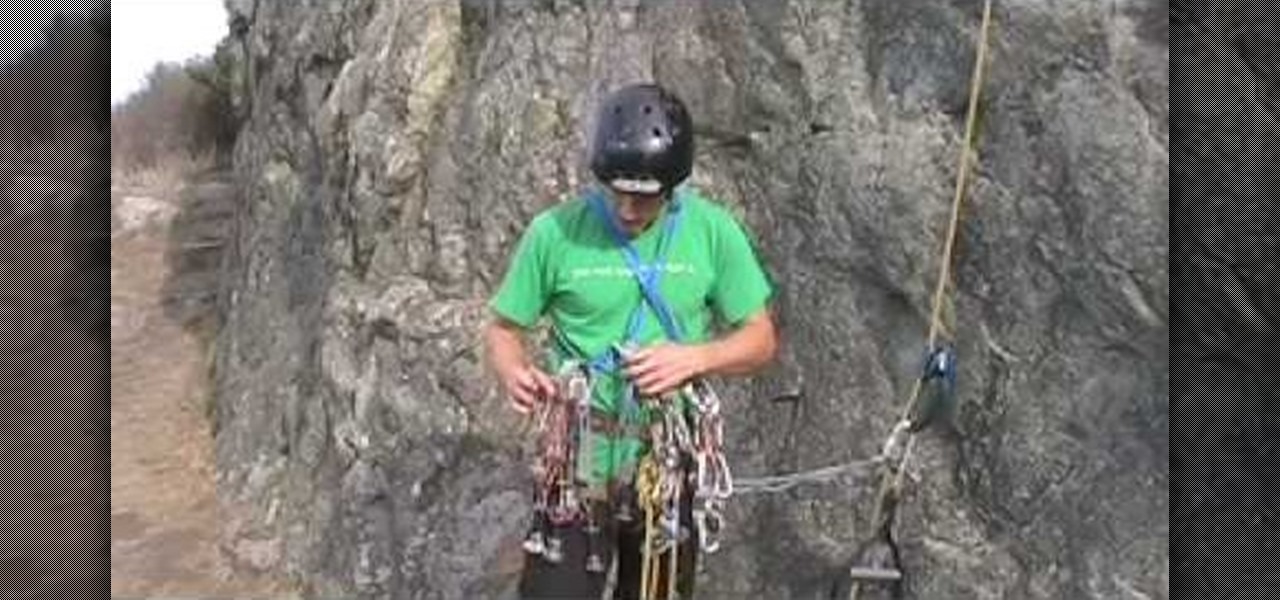
How To: Rack and clean big wall rock climbing gear
This is part of the How To Big Wall Book. In this segment Chris McNamara demonstrates basic racking when cleaning. This rock climbing technique is important for safe and effective big wall rock climbing. He is climbing El Capitan in this video. You should clean gear in a certain way to make sure you don't break or climb with unsafe carabiners or harnesses.
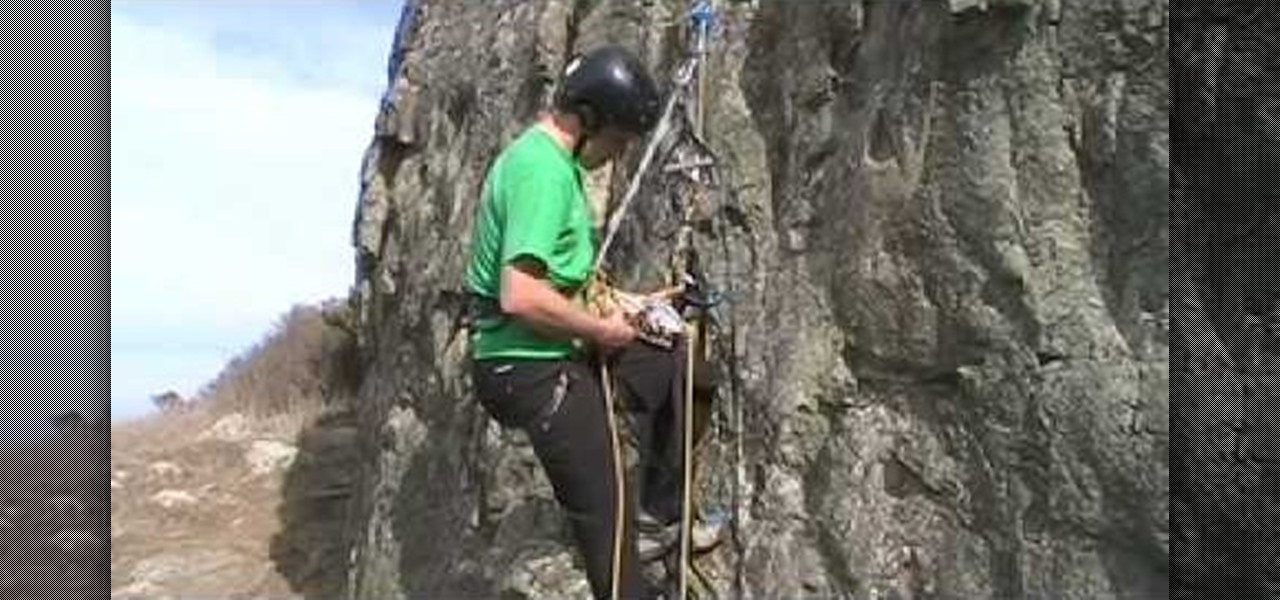
How To: Big wall rock climb with proper back up knots
This is part of the How To Big Wall Book. In this segment Chris McNamara demonstrates how to use back up knots when jumaring. This is a technique video for summitting or sending problems on big walls outdoors. The knots are crucial for safe and effective rock climbing technique. When you are following in traversing terrain so that you are attached to the rope at more than one or two points. He is climbing El Capitan in this video.

How To: Big wall rock climb with a basic ascender setup
This is part of the How To Big Wall Book. In This segment Chris McNamara demonstrates how to set up ascenders before jumaring. This is an important rock climbing technique when climbing big walls outdoors.
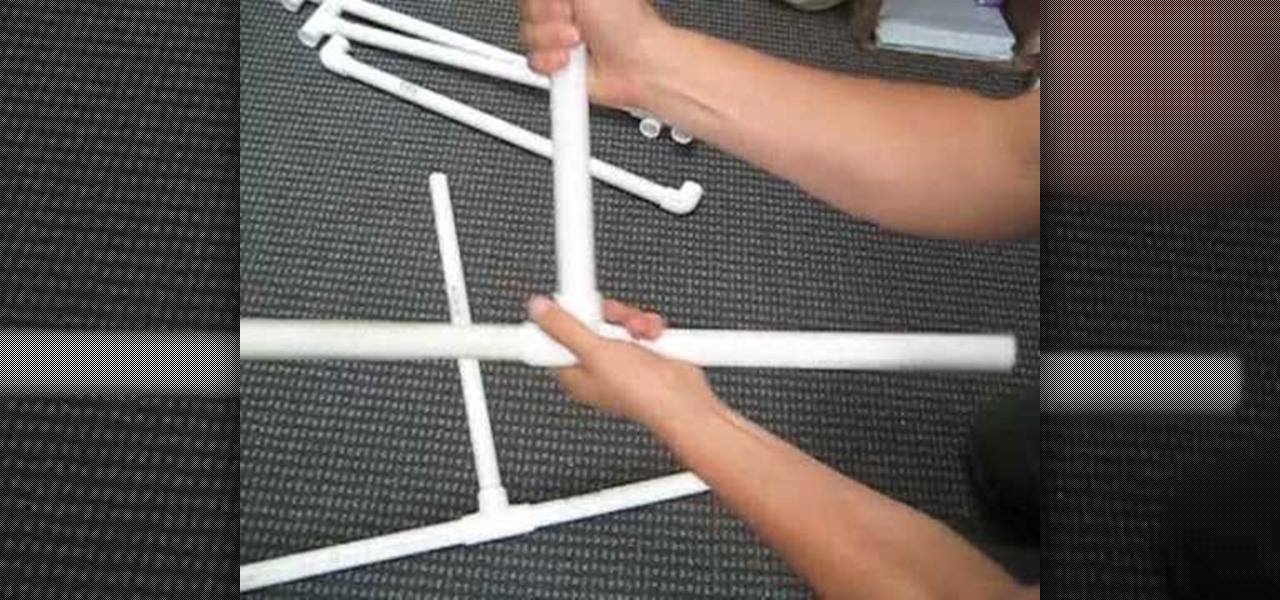
How To: Make a ladder golf backyard game set
This shows how to make a ladder golf set. You need PVC pipe and a saw to cut it. You will also need connector pieces. This Instructables video is a fun outdoor game. Make golf ball bolas using golf balls and nylon rope. Drill through the balls to make the bolas. You throw the bolas underhand at the ladder.

How To: Tie a D-loop for archery bowstrings
Are you an archer, or hunter or bowman in need of a D-knot on the bowstring? Well, this video tutorial will show you how to tie a D-loop for archery bowstrings. You might not be doing this for a precision sport like archery, you may just want to get the next big deer out there this hunting season, but this D-loop knot will help you either way.
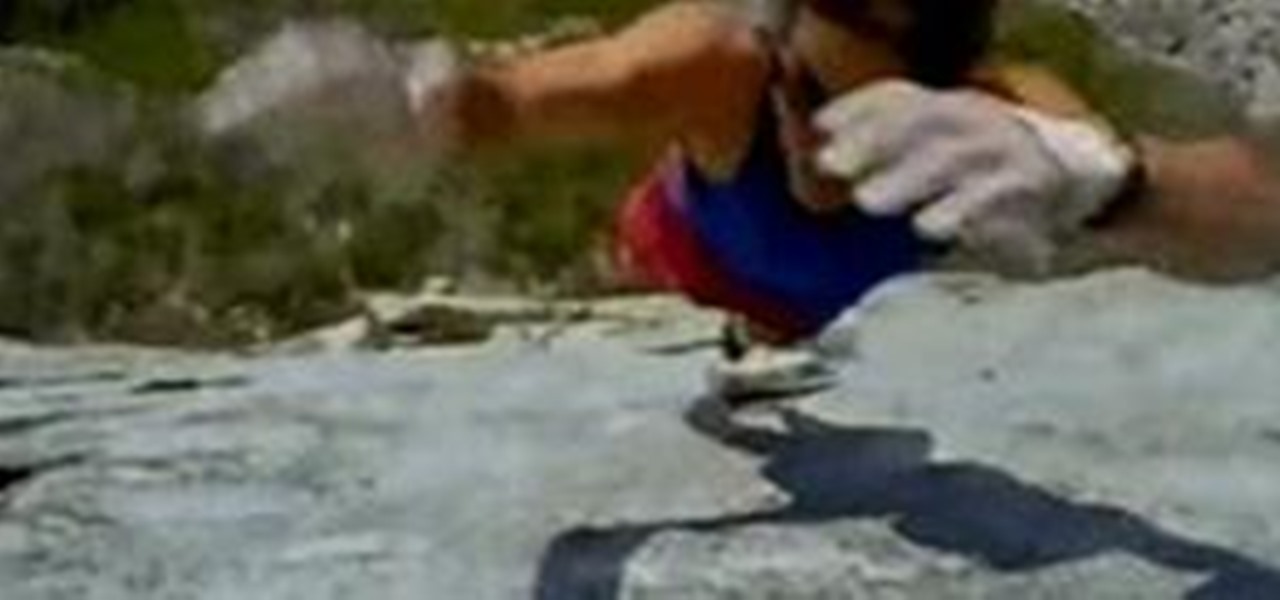
News: Speed climb rock walls like Spiderman
Dan Osman was a real life Spiderman. This wild man did not die recklessly, but due to unfortunate equipment failure in Yosemite in 1998. This week is the tenth anniversary of his death.
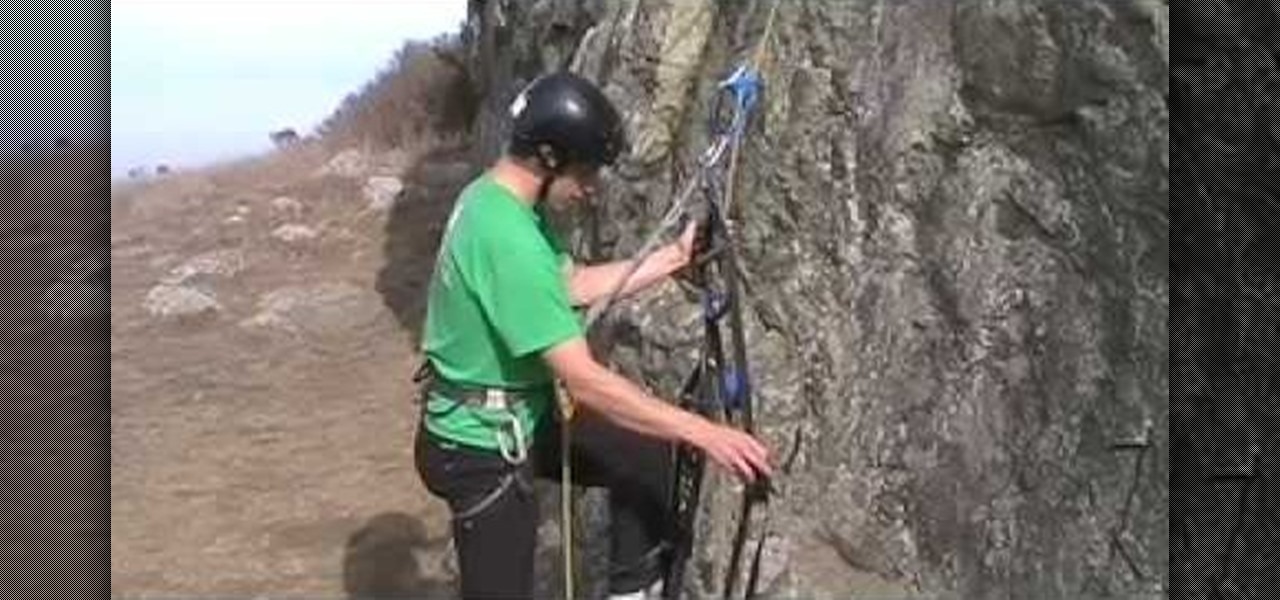
How To: Big wall climb with a basic jumaring technique
This is part of the 'How To Big Wall Book' series on rock climbing. In this segment Chris McNamara demonstrates basic jumaring technique for rock climbing overhang or low angle terrain. This technique for over hanging terrain called jumaring is to reduce arm strain and ascending walls. He then shows you how to ascend a vertical or low angle terrain. This video is shot at El Capitan in California.
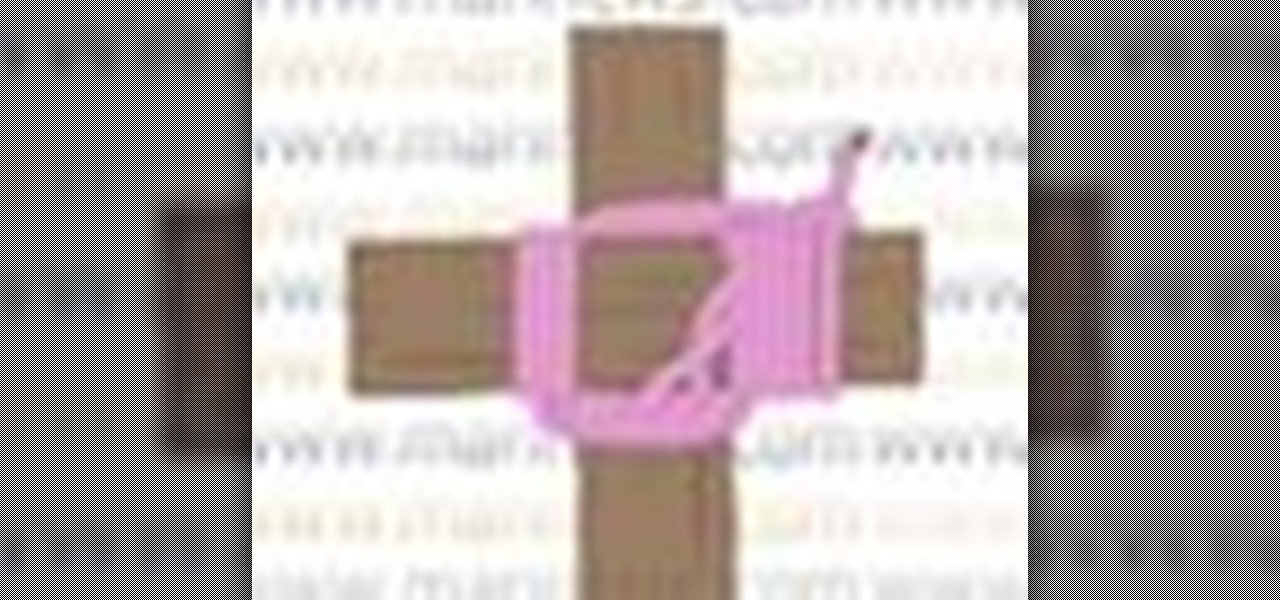
How To: Tie square lashing knots with animated knot tying help
Learn how to tie a knot, but not just any old knot... a square lashing knot. You'll never have any troubles again tying nautical square lashing knots, thanks to this Marinews knot tie animated tutorial. You can learn by simply watching the knot tying animation at a moderate speed, or if need be, click on "learn by steps" to get step-by-step rope knot instructions for square lashing knots. How to make a knot is not the hard part, choosing the right fishing knots or rope knot is.
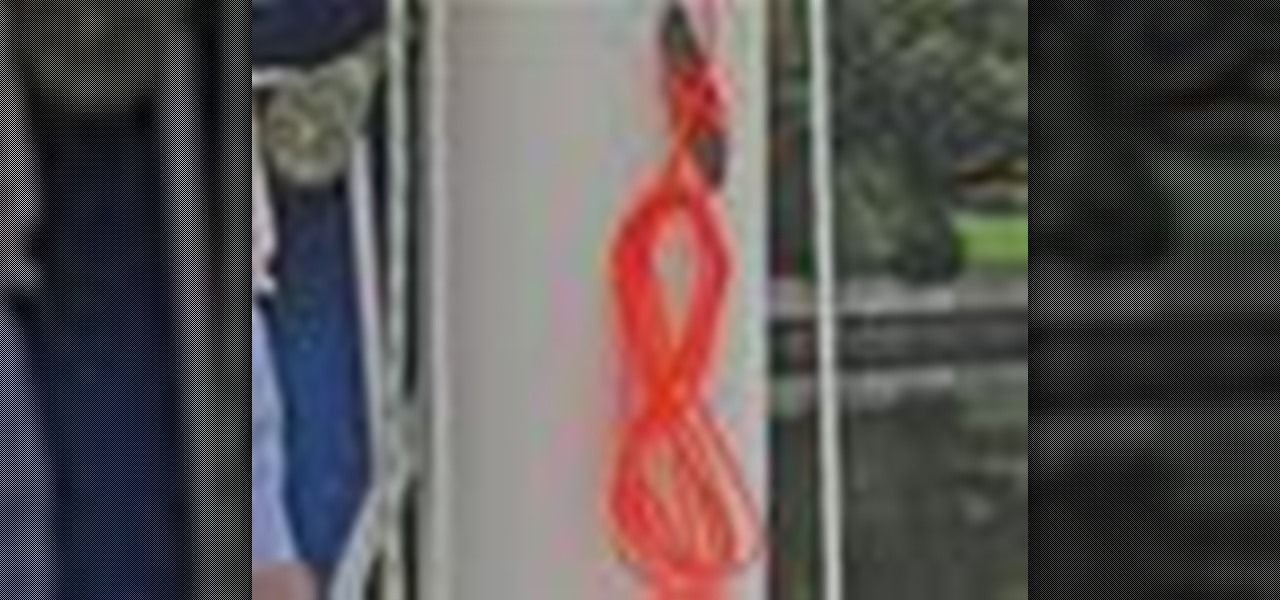
How To: Coil an attached rope with a knot tying animation
Learn how to coil an attached rope. The animated knot tying tutorial is the best you'll find. With this knot tying how to, you can learn how to coil an attached rope fast or slow, or pause it at every step along the way. Coil an attached rope with a knot tying animation.
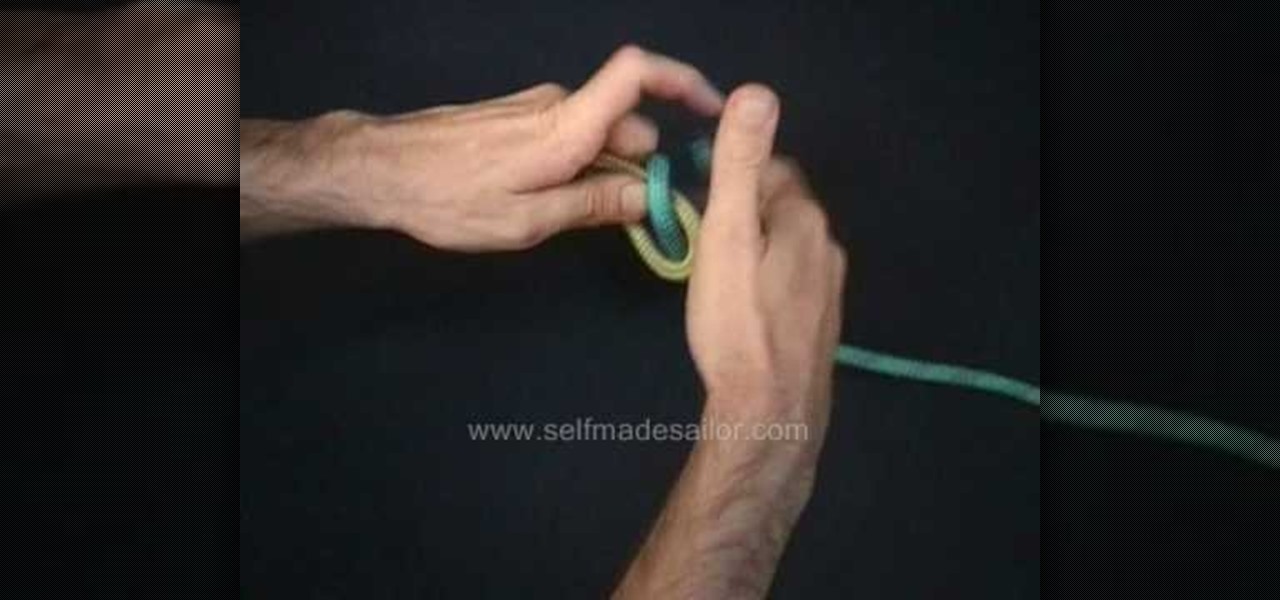
How To: Tie a double sheet bend knot
Need to know how to tie a Double Sheet Bend? This is a more secure version of the standard sheet bend, and an excellent way of joining two ropes of equal or different diameter. He's using flex rope, but it's a generally good way of securing two lines together.
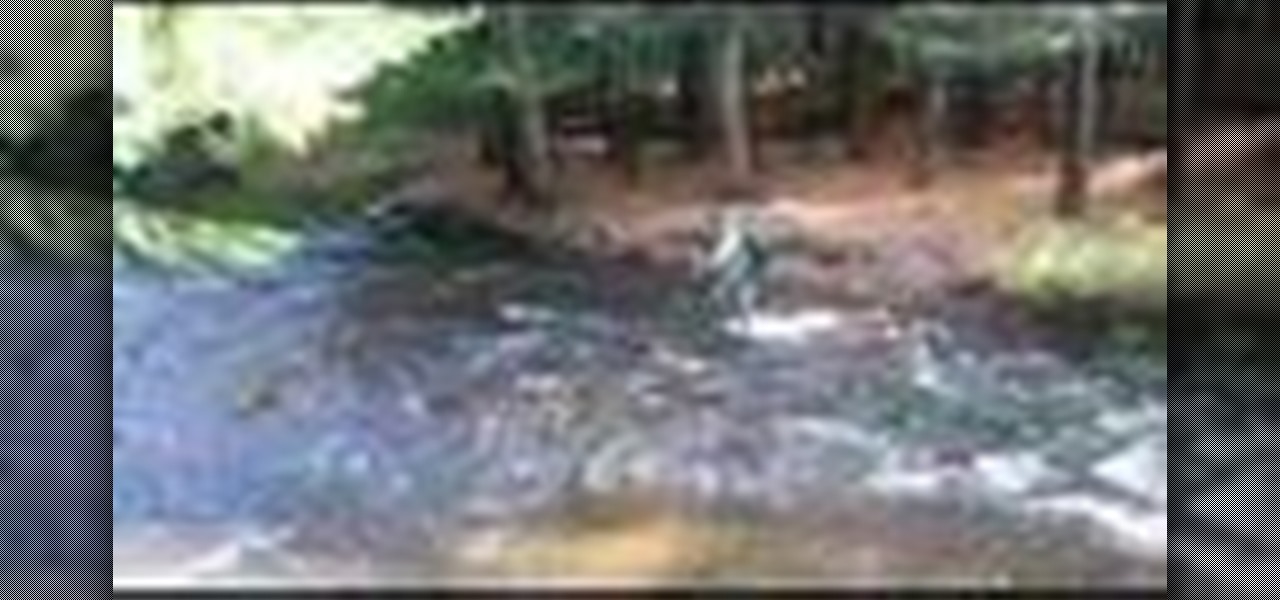
How To: Properly cross a stream in trekking or hiking
A short how to video on how to perform a safe stream crossing or ford using trekking poles when ultralight backpacking. Hiking or trail running often involves crossing or fording rivers and streams. Make sure you cross the water properly so that you don't get caught in a current or injured on rocks.
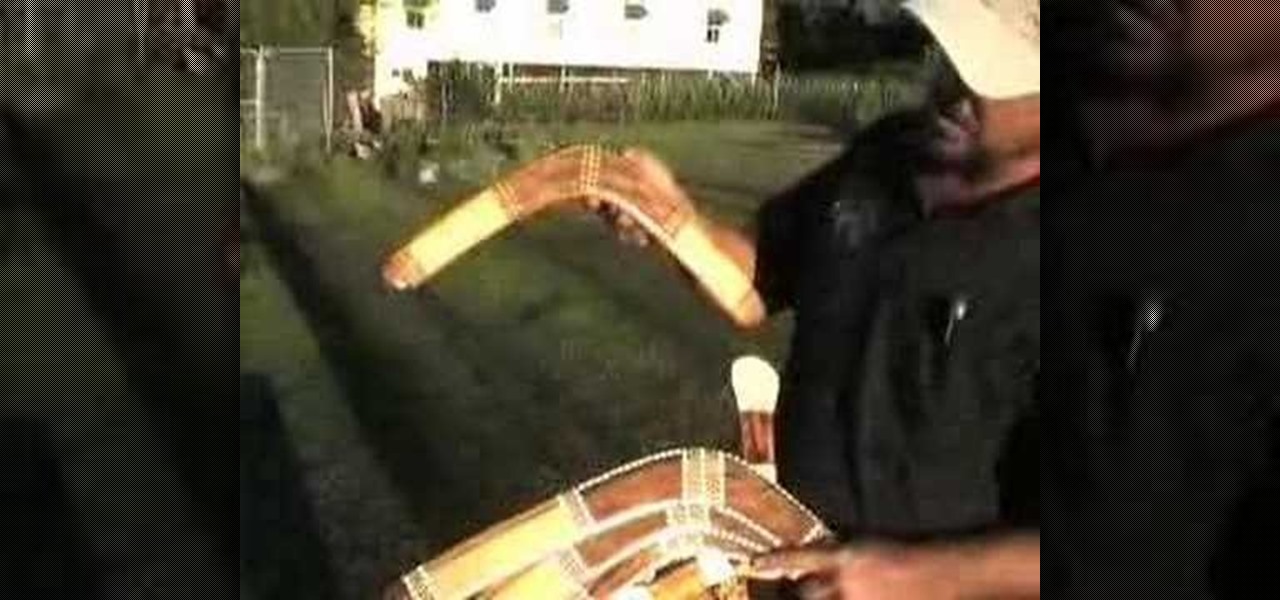
How To: Throw an Australian boomerang correctly
Boomerangs are traditional Australian throwing sticks. They can be used as weapons or as sport. This video shows you how to throw one properly. These are not the returning boomerangs. These are longer and used as multi purpose tools equivlant to a Swiss army knife. They used em as instruments, utensils, weapons, child obeidience devices. The angle is less severe. They're thrown horizontally and thrown directly into the wind. The returning boomerangs are thrown overhand and at a 45 degree angl...
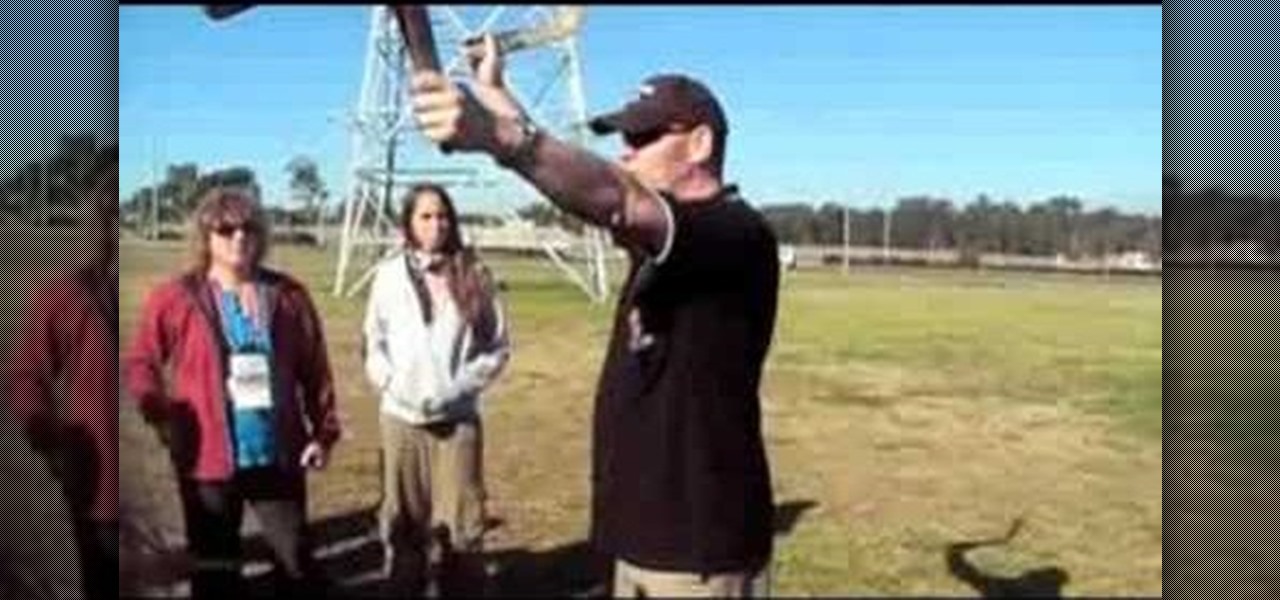
How To: Throw an Australian boomerang properly
This Australian bush guide teaches the ways of the Boomerang. How to throw the Aussie weapon. Boomerangs are like airplane wings. Have the curved side with the beveled edge facing you. The more you flick your wrist when throwing the boomerang the more rotation your boomerang will have. Throw the boomerang at a 45 degree angle to the wind. Don't throw the boomerang into the wind. Throw it at a 1 o'clock angle, not 12 o clock or six. It's not to be thrown like a baseball or a frisbee. If you th...
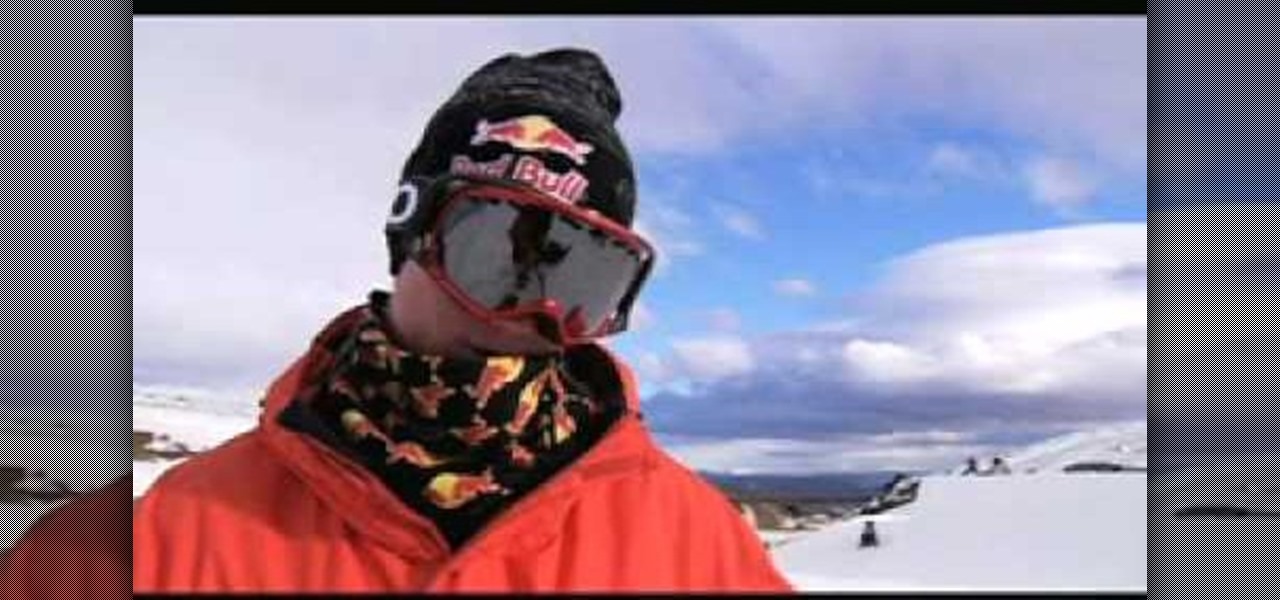
How To: Bust a 900 on skis with Tanner Hall in a pipe
When you're skiing in a quarter pipe you want to watch your landing. You're going to drop the shoulder and hold the body position of your spin. Spot the landing. Be comfortable on the pipe and landing 720s before you try the 900. You never want to land a flat bottom on a 900 cause it will hurt you.
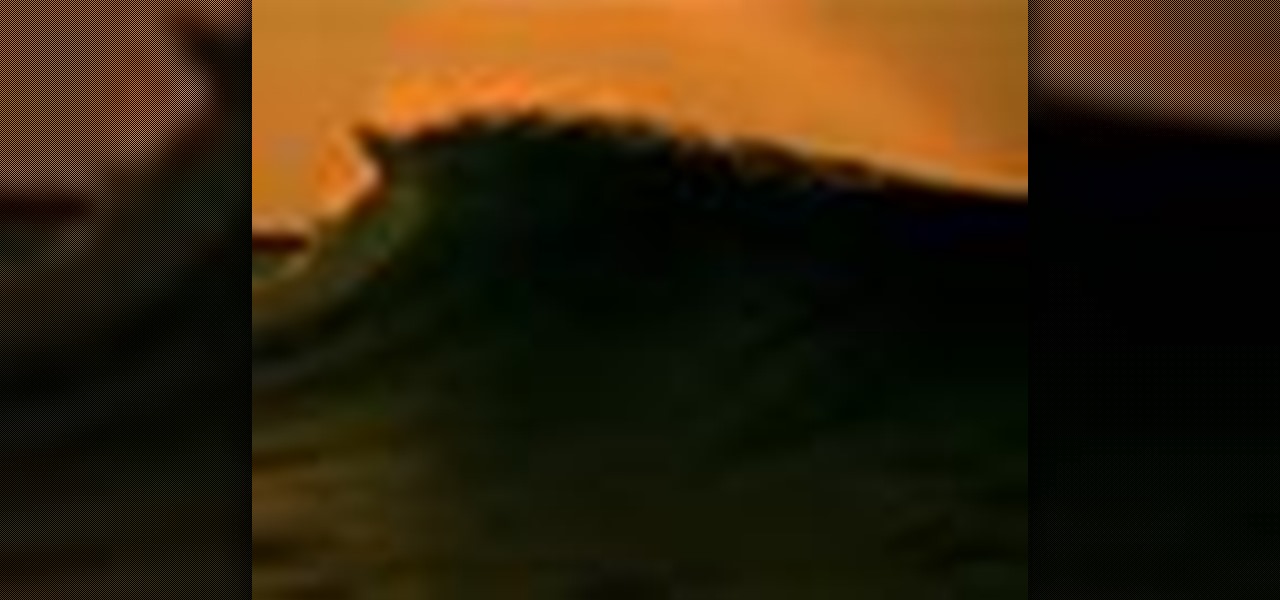
How To: Pack for a surf trip with Chris Malloy
EXPN's Doin' Thangs: Packing For a Surf Trip with Chris Malloy. Traveling for surf can be an epic experience. There's excellent surf all over the world from Teahupoo, Tahiti to Antarctica. Malloy says he's probably surfed in over 40 countries. Make sure you pack a good quiver of surfboards. He packs three for a month long trip. He brings an 8' footer with a quad setup that can get into a certain mush. Bring a nice little short board for the waves you pray for. Then pack the gun, his is 8'0" t...

How To: Tie a Trucker's Hitch Knot with a knot tying animation
Learn how to tie the Trucker's Hitch Knot for boating. This animated knot tying tutorial is the best you'll find. With this knot tying how to, you can tie the Trucker's Hitch Knot fast or slow, or pause it at every step along the way. Tie a Trucker's Hitch Knot with a knot tying animation.

How To: Tie the Eye Splice knot with a knot tying animation
Learn how to tie the Eye Splice Knot for boating. This animated knot tying tutorial is the best you'll find. With this knot tying how to, you can tie the Eye Splice Knot fast or slow, or pause it at every step along the way. Learn to tie knots for your next boating trip. Tie the Eye Splice knot with a knot tying animation.
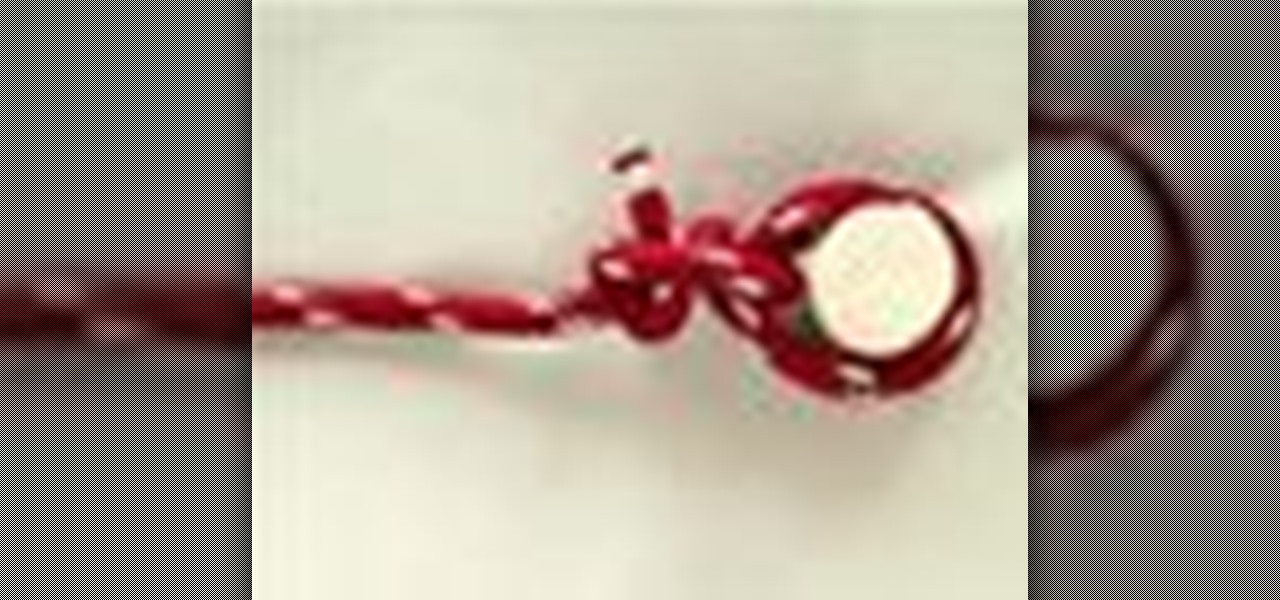
How To: Tie the Anchor Bend knot with a knot tying animation
Learn how to tie the Anchor Bend Knot for boating. This animated knot tying tutorial is the best you'll find. With this knot tying how to, you can tie the Anchor Bend Knot fast or slow, or pause it at every step along the way. Learn to tie knots for your next boating trip. Tie the Anchor Bend knot with a knot tying animation.

How To: Tie a Bowline on a Bight with a knot tying animation
Learn how to tie the Bowline on a Bight Knot for boating. This animated knot tying tutorial is the best you'll find. With this knot tying how to, you can tie the Bowline on a Bight Knot fast or slow, or pause it at every step along the way. Learn to tie knots for your next boating trip. Tie a Bowline on a Bight with a knot tying animation.

How To: Tie the Constrictor Knot with a knot tying animation
Learn how to tie the Constrictor Knot for boating. This animated knot tying tutorial is the best you'll find. With this knot tying how to, you can tie the Constrictor Knot fast or slow, or pause it at every step along the way. Learn to tie knots for your next boating trip. Tie the Constrictor Knot with a knot tying animation.
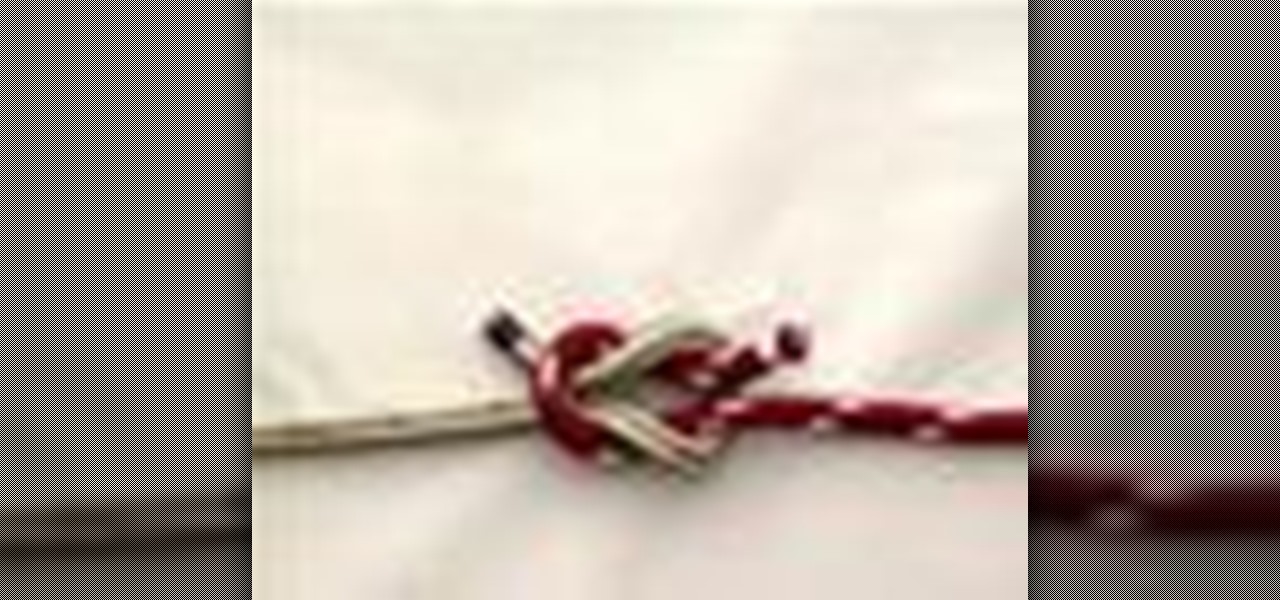
How To: Tie a Reef (Square) Knot with a knot tying animation
Learn how to tie the Reef (Square) Knot Knot for boating. This animated knot tying tutorial is the best you'll find. With this knot tying how to, you can tie the Reef (Square) Knot Knot fast or slow, or pause it at every step along the way. Learn to tie knots for your next boating trip. Tie a Reef (Square) Knot with a knot tying animation.
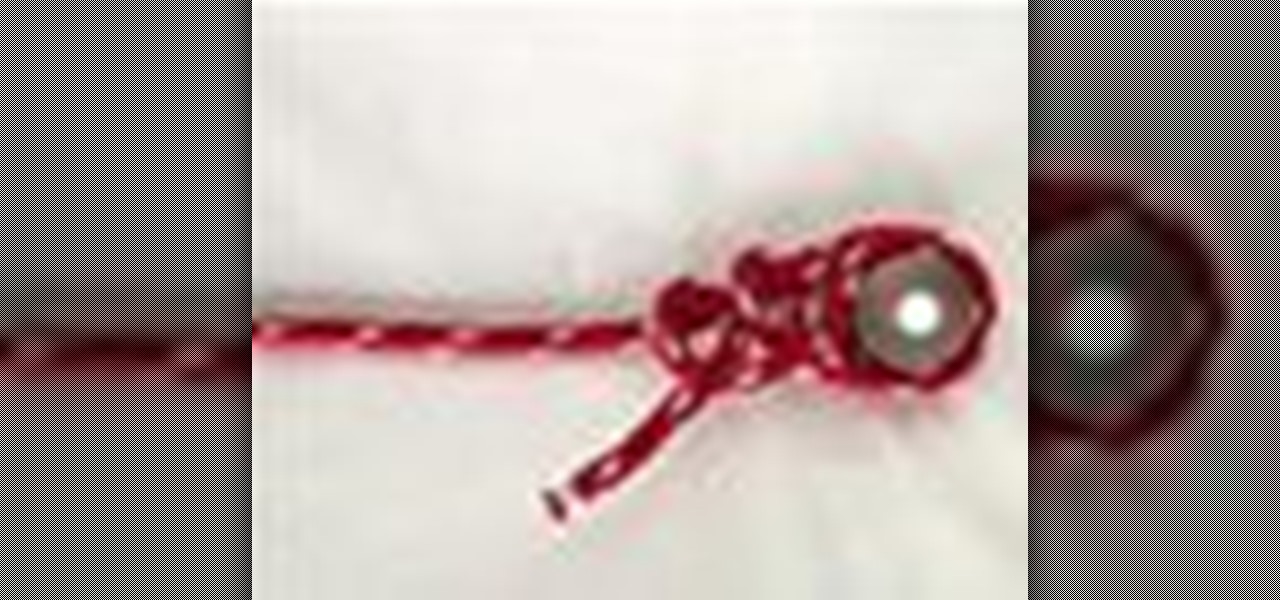
How To: Tie the Round Turn and Two Half Hitches Boating knot
Learn how to tie the Round Turn and Two Half Hitches Knot for boating. The animated knot tying tutorial is the best you'll find. With this knot tying how to, you can tie the Round Turn and Two Half Hitches Knot fast or slow, or pause it at every step along the way. Learn to tie knots for your next boating trip. Tie the Round Turn and Two Half Hitches Boating knot.

How To: Tie the Figure 8, or Flemish, Bend (Rope Join) knot
Learn how to tie the Figure Eight, or Flemish, Bend (Rope Join) Knot for climbing. The animated knot tying tutorial is the best you'll find. With this knot tying how to, you can tie the Figure Eight, or Flemish, Bend (Rope Join) Knot fast or slow, or pause it at every step along the way. Learn to tie knots for your next climbing trip. Tie the Figure 8, or Flemish, Bend (Rope Join) knot.
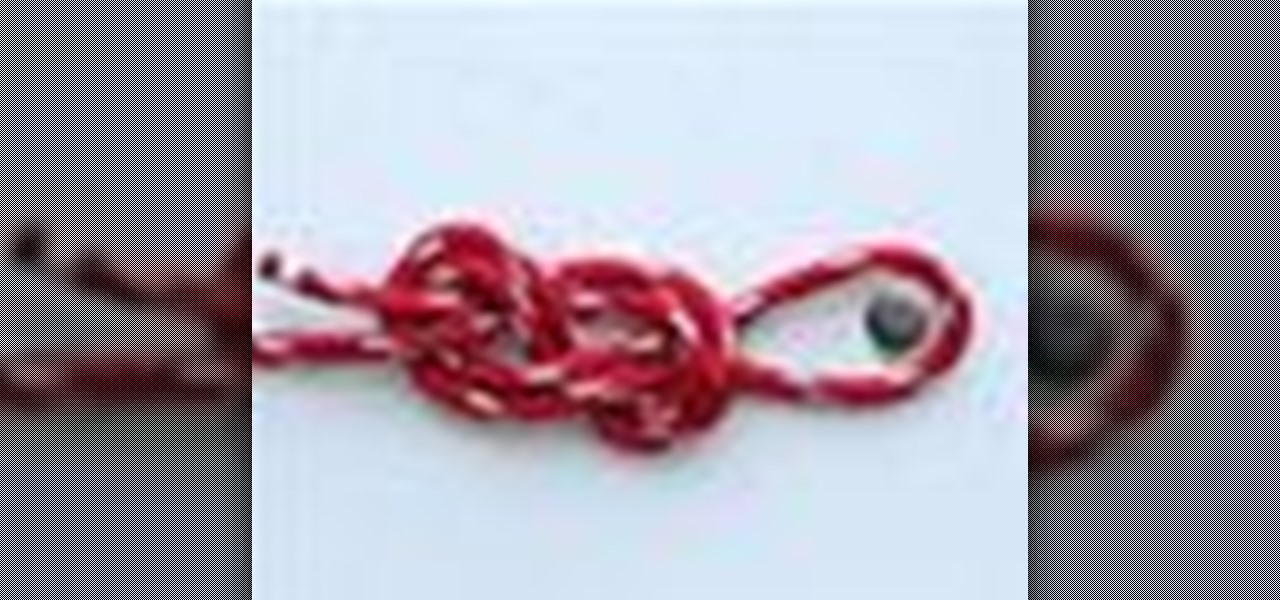
How To: Tie a Figure 8 Follow Through knot for climbing
Learn how to tie the Figure Eight Follow Through Knot for climbing. The animated knot tying tutorial is the best you'll find. With this knot tying how to, you can tie the Figure Eight Follow Through Knot fast or slow, or pause it at every step along the way. Learn to tie knots for your next climbing trip. Tie a Figure 8 Follow Through knot for climbing.

How To: Tie a Double Figure Eight Loop knot aka Bunny Ears
Learn how to tie the Double Figure Eight Loop Knot (aka Bunny Ears) for climbing. The animated knot tying tutorial is the best you'll find. With this knot tying how to, you can tie the Double Figure Eight Loop Knot fast or slow, or pause it at every step along the way. Learn to tie knots for your next climbing trip. Tie a Double Figure Eight Loop knot aka Bunny Ears.
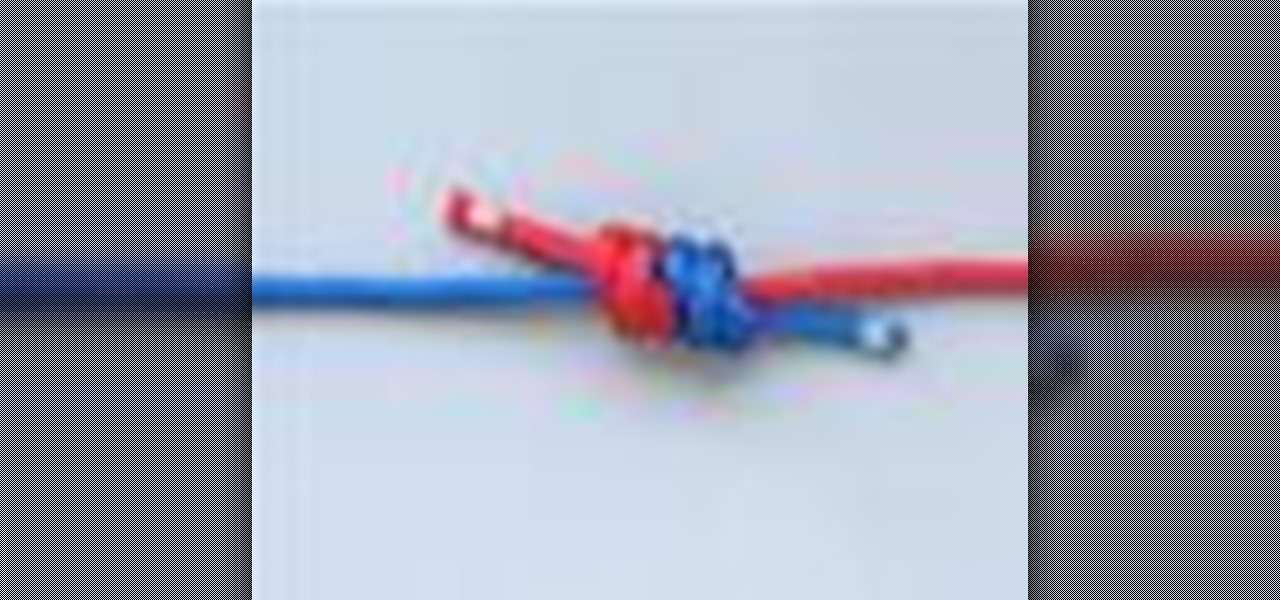
How To: Tie the Double Fisherman's Bend Knot for climbing
Learn how to tie the Double Fisherman's Bend Knot for climbing. The animated knot tying tutorial is the best you'll find. With this knot tying how to, you can tie the Double Fisherman's Bend Knot fast or slow, or pause it at every step along the way. Learn to tie knots for your next climbing trip. Tie the Double Fisherman's Bend Knot for climbing.



